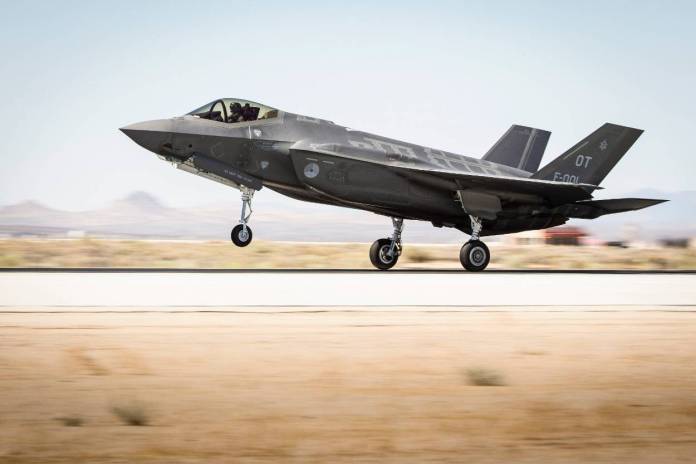On March 29, Dutch F-35s assumed the Quick Reaction Alert (QRA) duties previously held by F-16s, signaling a shift towards retiring the latter. Tasked with guarding the airspace over Belgium, the Netherlands, and Luxembourg, these F-35s from the Royal Netherlands Air Force (RNLAF) will rotate until May 9, with Belgian Air Force taking over thereafter.
NATO's QRA involves fighter aircraft scrambling to investigate potential airspace violations, requiring coordinated responses between reporting centers and pilots. The F-35's advanced capabilities, including powerful radar, stealth, and sensor fusion, make it a formidable interceptor, capable of identifying and engaging enemy aircraft before detection.
Operating from Leeuwarden and Volkel Air Base, the RNLAF's F-35As replace the aging F-16s, part of the phased transition towards a fleet of 52 F-35As. These aircraft, equipped with modern technology, ensure continuous readiness for rapid interception, particularly crucial amidst heightened tensions with Russia.
Despite past issues, including crashes and cost overruns, the F-35's cutting-edge features are acknowledged even by Russia-leaning experts. Furthermore, recent certification allows the F-35A to carry the B61-12 nuclear bomb, making it a dual-capable aircraft. However, this capability is currently limited to a new variant of the bomb, gradually replacing older versions.
Notably, the Dutch and Belgian air bases hosting these aircraft are also among the six NATO bases storing US-owned nuclear weapons, highlighting the strategic significance of these deployments. While details remain undisclosed, it's expected that all F-35As in the Dutch inventory will eventually be nuclear-capable, reflecting the need for operational redundancy.
